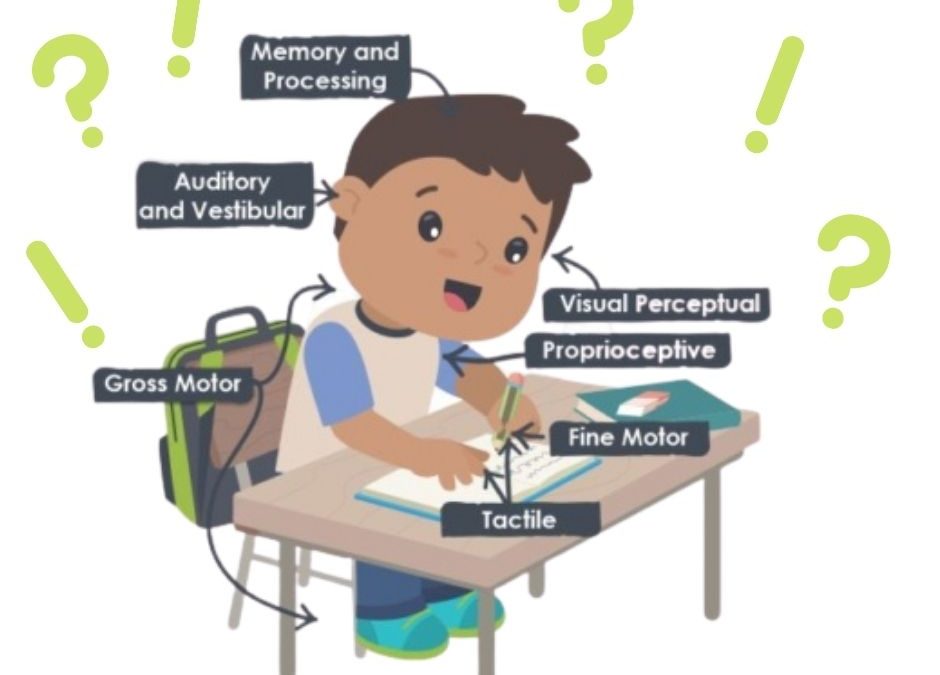According to the AOTA (American Occupational Therapy Association) a child’s inability to master good handwriting skills could indicate a more serious problem such as developmental or learning disabilities. It’s important not to ignore continued poor handwriting.
Did you know occupational therapists can evaluate the underlying components that support a student’s handwriting, such as muscle strength, endurance, coordination, and motor control?
Listed on the AOTA.org website the following are what occupational therapists and parents and families can do to support good handwriting skills. Here are our favorites:
What can an occupational therapist do?
- Demonstrate proper posture to supports the proper use of the arms, hands, head, and eyes.
- Measure the level of physical strength and endurance.
- Analyze fine motor control, such as the ability to hold a writing utensil.
- Determine visual and perceptual ability that influences a child’s ability to form letter and shapes using a writing utensil.
- Help develop and evaluate handwriting curriculums and collaborate with teachers on effective strategies.
- Suggest home activities that promote the development of skills needed in good handwriting.
What can parents and families do?
- Encourage children to participate in sports and games that could improve visual, motor, and coordination skills, such as playing ball, jacks, marbles, and outdoor sports.
- Require children and teens to use silverware when eating to develop hand grip.
- Provide an activity that exercises the hands, such as cutting pie dough or pizza and using cookie cutters.
- Encourage writing handwritten letters to grandparents and friends.
If you have any further concerns or would like an occupational therapist to perform a free screening on your child’s handwriting to see if further interventions might be necessary, give us a call!
Click here to read: Dyslexia Awareness
Click here to read: How to Know if Pediatric Occupational Therapy is Needed
Click here to read: How to Know if Pediatric Speech Therapy is Needed

